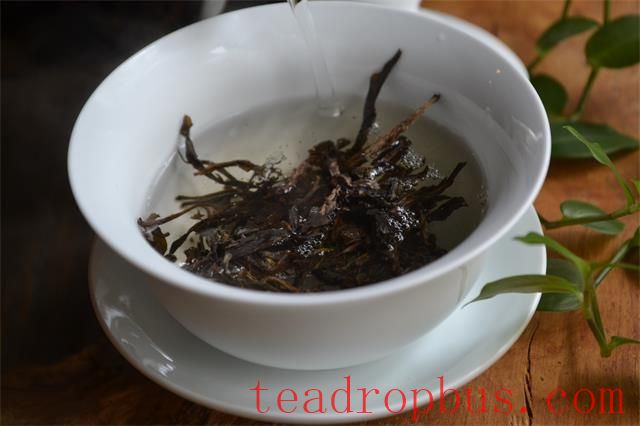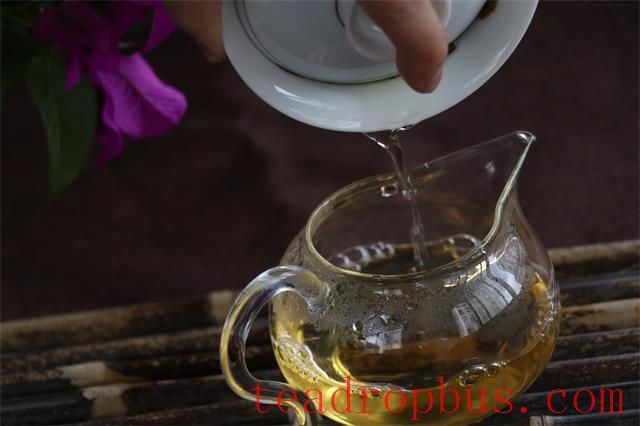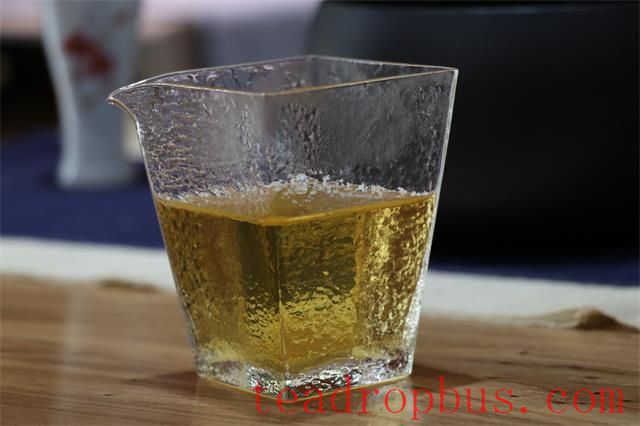A quick online search yields a myriad of tea brewing techniques, teaching how to brew a perfect cup. However, upon reflection, most of these techniques either overcomplicate simple processes, prioritize form over substance; or are overly esoteric, lacking practical value; or rigid and dogmatic, leading one astray.
One common technique instructs specific Steeping times for the first, second, and subsequent infusions. This is a typical example of rigidity. If you follow these guidelines strictly, you are likely to be disappointed.

The flaw in this technique lies in its focus on steeping time while neglecting other factors that influence the taste and mouthfeel of the tea – apart from the amount of tea and water temperature, water quality and Teaware material also play significant roles. An even more serious mistake is assuming one's personal taste preferences will be universally accepted, ignoring the varied preferences of different tea drinkers regarding tea strength and flavor.
How can different tea lovers brew tea according to their own preferences?
Regardless of what type of teaware you have on your tea table – pots, gaiwans, or easy-brew cups – any material will do, whether clay, porcelain, copper, iron, Silver, as long as it is clean and healthy.
Brewing vessels typically have capacities ranging between 100 ml and 200 ml, with tea amounts usually between 5g and 8g. For larger capacity, use around 8g of tea; for smaller capacity, 5g is sufficient.

Brewing a new tea is like getting to know someone new, requiring gradual understanding. My approach is to pour boiling water over the tea in the first infusion and immediately pour out the liquor, then adjust the next infusion's duration and speed based on the strength of the tea and my personal preference.
If the tea is too strong, shorten the steeping time or increase the pouring speed, such as by widening the Gaiwan's spout. If it is too weak, extend the steeping time or slow down the pouring speed by closing the gaiwan more tightly.

By following this method several times, you can master the rhythm of brewing a particular tea, learning how to make it delicious.
This technique is universal, without complex and trivial requirements, suitable for all tea lovers. It not only helps you brew tea to your liking but also makes the process more casual and enjoyable.